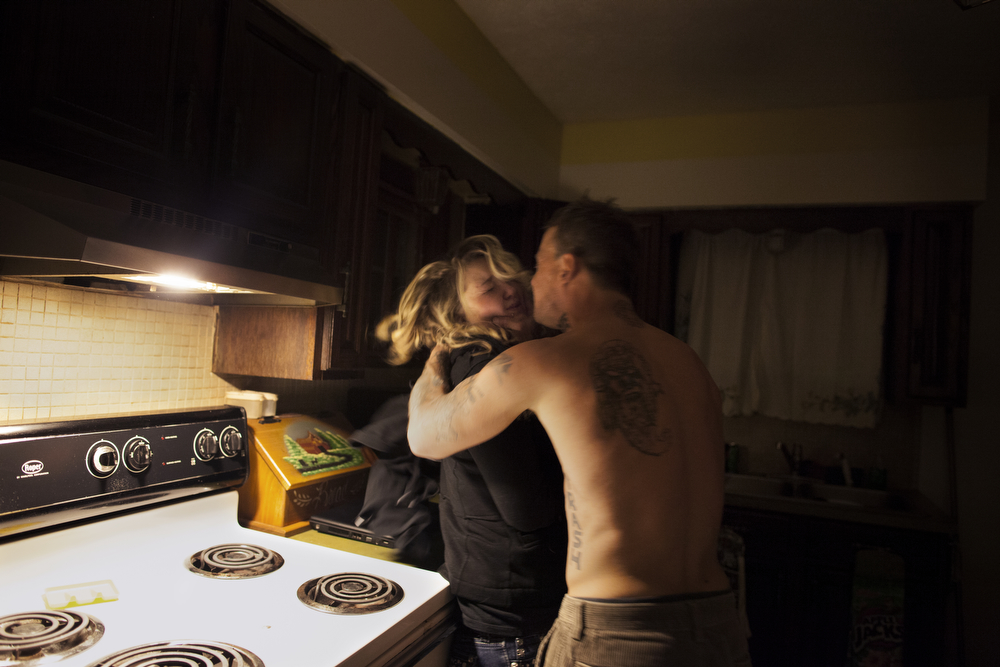So the main question I wanted an answer to was;
How do we prevent worldwide copyright, are the UK laws different?
There are 164 countries that have signed up to the Berne Convention, the full list can be found here. All the countries who have signed up to form this union providing proection for the work of the artists/authors who are nationals of one of the participating countries, or where the work itself was first taken or published.
Below is a list of rights provided to the agreed parties, the information I found here on the WIPO site.
For the period of copyright, the copyright owner has the following exclusive rights. None of the actions below can be carried out without permission:
- The right to authorise translations of the work.
- The exclusive right to reproduce the work, though some provisions are made under national laws which typically allow limited private and educational use without infringement.
- The right to authorise public performance or broadcast, and the communication of broadcasts and public performances.
- The right to authorise arrangements or other types of adaptation to the work.
- Recitation of the work, (or of a translation of the work).
- The exclusive right to adapt or alter the work.
- The author also has the following moral rights:
- The author has the right to claim authorship
- The right to object to any treatment of the work which would be ‘prejudicial to his honour or reputation’.

An excellent site giving you heaps of info regarding copyright in the digital/photography world and whilst studying is here
Providing you with various information and easy to understand diagrams ranging from what areas copyright protects to the duration of copyright, which is 70 years for artistic work from the end of the year the creator died.
Copyright in the UK falls under the IPR Law (Intellectual Property Right)
Under this law falls many categories such as copyright, performer rights and trademarks etc
Again, an excellent site for information on copyright and how it represents you as an artist and your work, see here
A great article to read is the Sara Lewkowicz’s Copyright Battle. Sarah documented the life of an ex convict wanting to capture his life and portray how hard it is to get back on the straight and narrow and adapt to normal society. One night she witnessed and documented an event of domestic violence. The images Sara captured were evidence of the assault Shane had carried out on his then partner Maggie in front of their toddler daughter. Saras images were confiscated by the police, the rest is history. The Times displayed them online in a feature conjoined with the debate on the Violence Against Women Act (VAWA). The images then went viral.
A great article to read is the Sara Lewkowicz’s Copyright Battle. Sarah documented the life of an ex convict wanting to capture his life and portray how hard it is to get back on the straight and narrow and adapt to normal society. One night she witnessed and documented an event of domestic violence. The images Sara captured were evidence of the assault Shane had carried out on his then partner Maggie in front of their toddler daughter. Saras images were confiscated by the police, the rest is history. The Times displayed them online in a feature conjoined with the debate on the Violence Against Women Act (VAWA). The images then went viral.
As quoted by Sara:
“The Time story appeared, and people shared it on Facebook,” Sara said. “I only saw the ones I was tagged in, and it was like a couple hundred! I stopped counting at a certain point.” Next came more articles as Sara sold the series to different publications, like CNN and Brazil’s Claudia. But the photos then started to show up on blogs—with and without her permission [full disclosure: Resource’s blog joined the frenzy and didn’t properly clear our use of her images, a mistake we regret and won’t do again]. The images are powerful and unique—domestic violence happens mostly without witnesses, far from cameras—so they really resonated with a lot of people. The stalling of VAWA in Congress only heightened the issue of women’s protection and the importance of Sara’s images. “People just started sharing them in their eagerness to say, ‘Hey, look at this,’” Sara said in regard to social media and blogs. “Most people aren’t doing it out of malice; they’re just thinking, ‘I want as many people to see this as possible.’” The rest of the article can be found here
 |
| Sara Lewkowicz |
Other useful links that you may find useful are below, I found the embedded meta data website initiatives site extremely useful, teaching me how important it is to embed rights restrictions, copyright and contact information for myself on my images so that the info would be carried as far as it could when published online. Take a look: http://www.embeddedmetadata.org/index.php
No comments:
Post a Comment